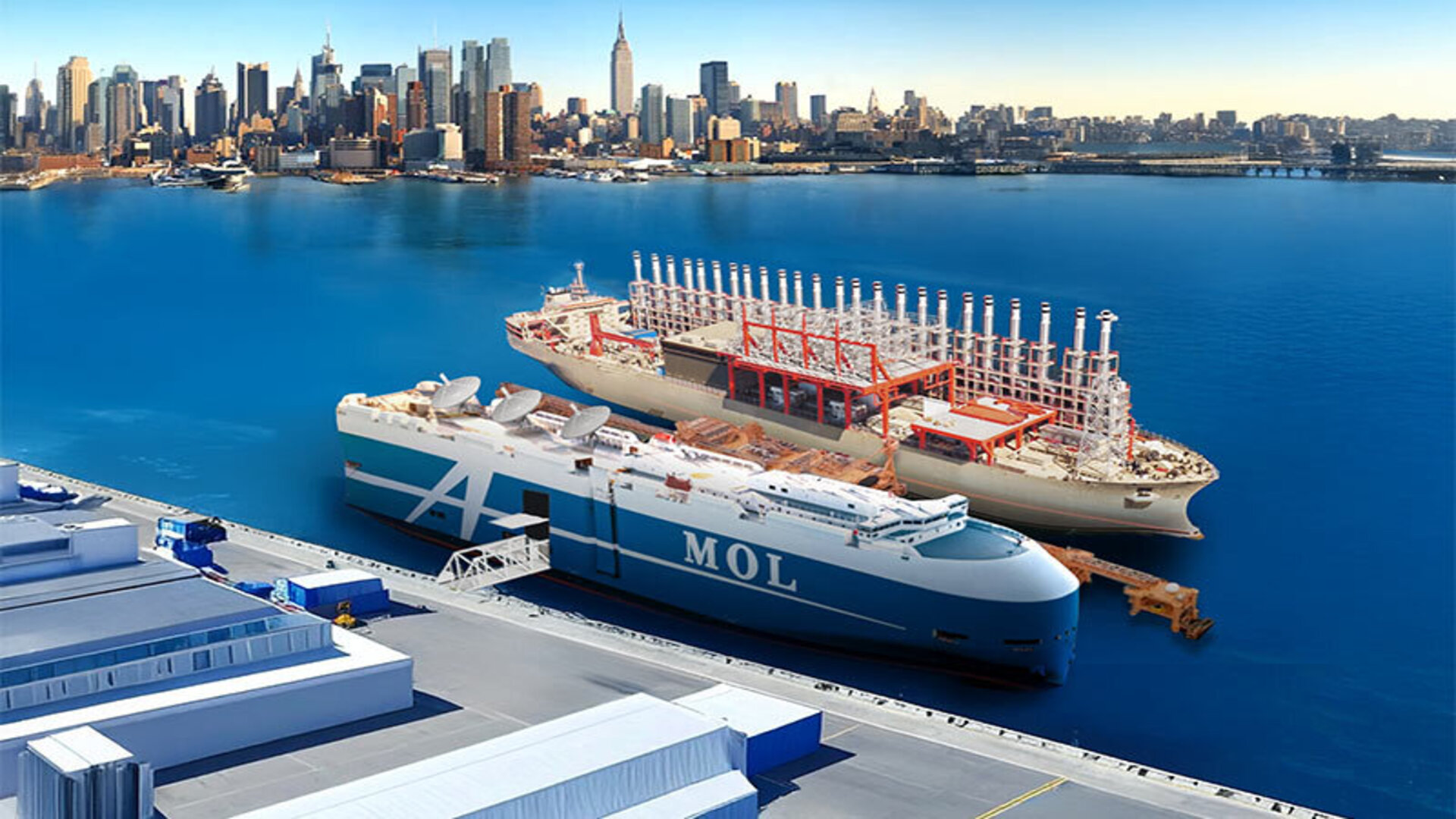Remember the doomed AI nation ship? A shipping giant is now planning a real, moving, floating data center that could power thousands of AI GPUs
Retrofitted ship to host thousands of GPUs and cool them using seawater

- A 120-meter ship could soon host thousands of AI GPUs with direct seawater cooling
- The project depends on reused ships to cut both building costs and environmental damage
- MOL and Kinetics promise flexibility, mobility, and power abundance through powerships and offshore renewables
The idea of putting an AI-powered facility on a ship used to sound like science fiction - and not long ago, there was even a failed attempt by Del Complex to build a floating "AI nation" that would run itself using artificial intelligence.
Now, shipping heavyweight Mitsui O.S.K. Lines (MOL) and Kinetics, the energy transition unit of Karpowership, are aiming to realize something far more grounded.
The companies are working together to build a mobile floating data center that could house thousands of AI GPUs while addressing digital infrastructure bottlenecks.
MOL and Kinetics outline plans for a floating AI data center
The two firms recently signed a Memorandum of Understanding to develop what they describe as “the world’s first integrated floating data center platform.”
The structure will be hosted aboard a retrofitted vessel, supported by a power supply that includes power ships, floating power plants developed by Karpowership, as well as other sources like solar farms, offshore wind, and onshore grids.
“This project represents a major step toward our vision at Kinetics, delivering innovative, efficient, and sustainable infrastructure solutions that meet the energy needs of today and tomorrow,” said Mehmet Katmer, CEO of Kinetics.
“By pairing mobile power generation with floating data infrastructure, we are addressing critical market bottlenecks while enabling faster, cleaner, and more flexible digital capacity expansion.”
Sign up to the TechRadar Pro newsletter to get all the top news, opinion, features and guidance your business needs to succeed!
The data center is projected to offer between 20 and 73MW of capacity, cooled by direct water systems drawing from seas or rivers.
It would be mounted on a 120-meter-long ship, with network plans that include submarine cables and land-based internet exchanges.
“This MOU represents an important step forward in using the MOL Group's assets and extensive expertise in ship operations to rapidly build digital infrastructure while minimizing environmental impact,” said Tomoaki Ichida, Managing Executive Officer of MOL.
"Moving forward, we will continue to expand a diverse range of social infrastructure businesses centered on the shipping industry.”
A mobile, sea-cooled, power-rich platform that bypasses land constraints and permitting headaches offers an attractive alternative to overburdened terrestrial data centers.
The flexibility is notable, but the scale of the ambition raises questions, and this warrants skepticism.
Although the idea sounds perfect on paper, its real-world execution could face the same issues that has plagued similar utopian infrastructure concepts.
The MOU promises operations by 2027, contingent on “successful feasibility studies and ongoing technical developments.”
Those feasibility studies will need to prove that issues like network latency, physical relocation risks, regulatory uncertainty, and long-term maintenance can be reliably addressed.
Cost and sustainability arguments hinge heavily on the reuse of existing ships.
“In addition to reducing construction costs,” the project claims, “the use of existing onboard systems... is expected to reduce initial investment costs.”
By avoiding new builds, the developers believe they can also cut the environmental toll of raw material extraction.
The practical advantages, such as speed of deployment, mobility, and independence from strained land-based grids, are not in doubt.
“Even in areas experiencing power shortages, offshore data centers can begin operations immediately,” the developers note.
But whether this system will prove reliable, scalable, and economically sound in the long term remains to be seen.
You might also like
- Take a look at our picks for the best WFH app around
- Check out our recommendations for the best monitors for working from home
- Megawatt-class AI server racks may well become the norm before 2030

Efosa has been writing about technology for over 7 years, initially driven by curiosity but now fueled by a strong passion for the field. He holds both a Master's and a PhD in sciences, which provided him with a solid foundation in analytical thinking.
You must confirm your public display name before commenting
Please logout and then login again, you will then be prompted to enter your display name.